10 Most Searched Questions About Mount Everest
It demands physical and mental strength beyond measure, pushing climbers to their limits and forcing them to confront their deepest fears.
It demands physical and mental strength beyond measure, pushing climbers to their limits and forcing them to confront their deepest fears.
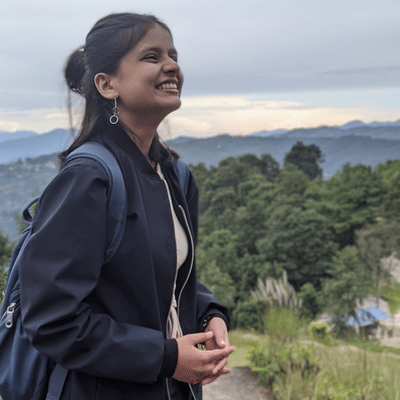
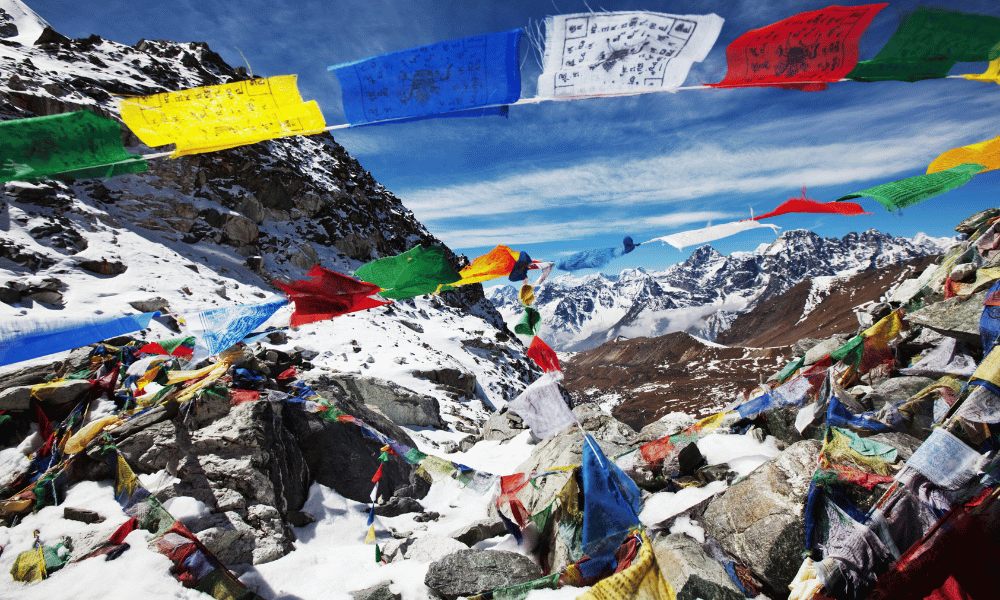
Mount Everest, the mystical mountain that rises so high it touches the clouds, symbolizes the peak of human achievement and the spirit of exploration. It has long piqued the interest of mountaineers, adventurers, and people who simply enjoy taking on challenges. In this blog, we will look into some of the most searched questions concerning Mount Everest and shed light on many fascinating and lesser-known aspects of this magnificent peak.
There's something about Mount Everest that captures the imagination like no other. It beckons the daring and the dreamers, promising an experience that transcends ordinary life. It stands as a testament to the human spirit's boundless ambition and resilience, igniting a fire within us to push our limits and reach for the extraordinary.
We find ourselves drawn to the fundamental question: just how high is Mount Everest? Its elevation is not simply a numerical figure but a representation of the pinnacle of human achievement. Standing tall at a breathtaking 8,848.86 meters (29,031.7 feet), Everest proudly claims its title as the highest point on Earth. The sheer magnitude of this mountain humbles us and fills us with a sense of wonder at the incredible forces that shaped our planet.
But it's not just about numbers and records; it's about the journey itself. As one ponders the process of conquering Everest, one can't help but be inspired by the courage, determination, and sheer willpower required to summit this mighty peak. The path to the top is strewn with obstacles and challenges, from the treacherous Khumbu Icefall to the daunting Death Zone. It demands physical and mental strength beyond measure, pushing climbers to their limits and forcing them to confront their deepest fears.
Yet, it's not all about physical prowess. The cost of climbing Mount Everest raises eyebrows all the same. The price tag associated with this monumental endeavor encompasses more than mere dollars; it represents the dedication, sacrifice, and unwavering commitment required to undertake such a feat. It's an investment in a dream, an opportunity to stand on the roof of the world and leave an indelible mark on the fabric of one's life.
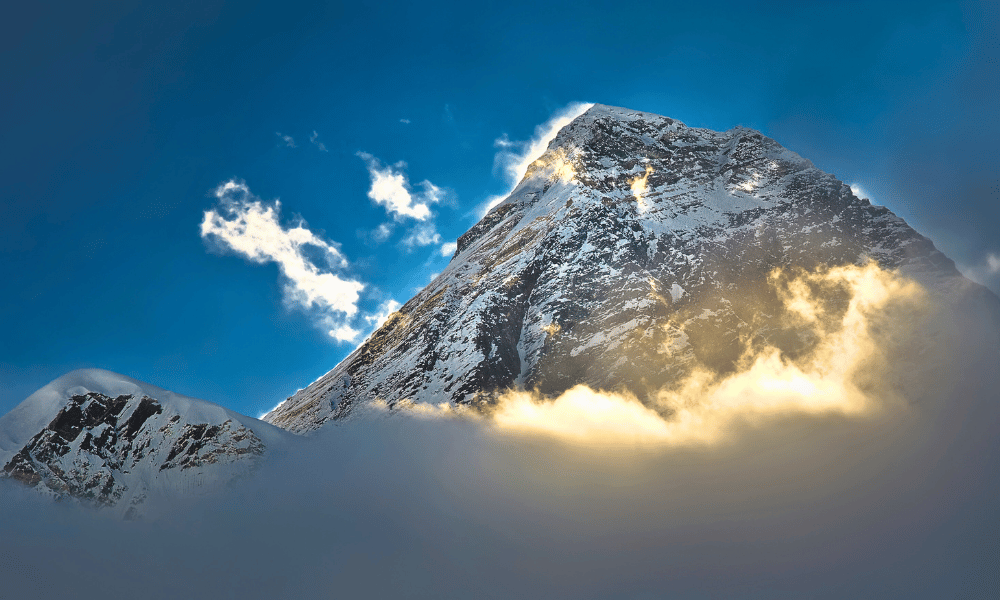
And then there are the dangers, the risks that loom on Everest's slopes. The mountain is an unpredictable mistress, capable of unleashing fierce weather, deadly avalanches, and treacherous crevasses. Altitude sickness lurks in the shadows, a constant threat that can turn an adventure into a battle for survival. Yet, it's precisely these dangers that add to Everest's allure. They test our resilience, teach us humility, and remind us of the indomitable spirit that resides within each of us.
In this blog, we will explore the mysteries of Mount Everest, quenching the thirst for knowledge that surrounds this renowned peak. We dive into its history, investigate its topography, and reveal its cultural significance, highlighting its allure as a sanctuary for adventure and exploration. From the intricacies of climbing logistics to the triumphs and tragedies etched into its slopes, we traverse the landscape of Everest's most searched questions, unearthing the stories that lie hidden beneath its icy surface.
|
Name |
|
|
Altitude |
8848.86 meters (29031.7 feet) |
|
Country |
Border between Nepal and China |
|
Location |
|
|
Coordinates |
27.9881° N latitude and 86.9253° E longitude |
|
Temperature |
|
|
First Climb to Summit |
May 29, 1953, Sir Edmund Hillary and Tenzing Norgey Sherpa |
|
Major Routes |
|
Mount Everest graces the Solu-Khumbu region in Nepal, while also extending into the Tibetan Autonomous Region of China. Its coordinates pinpoint its position at 27.9881° N latitude and 86.9253° E longitude, located in the Mahalangur Sub-range of the Himalayas. This unique location on the border between Nepal and Tibet represents the convergence of cultures and the shared exploration of this glorious mountain.
In Nepal, Everest is referred to as Sagarmatha, meaning the forehead/head of the sky, and it stands within the Sagarmatha National Park, a protected area known for its stunning natural beauty and diverse ecosystems. Crossing into Tibet, Mount Everest is known as "Chomolungma," a name that holds great reverence in Tibetan culture translating to “Goddess of the Sky”. The Tibetan approach to Everest offers breathtaking vistas and a unique cultural experience, providing a glimpse into the mystical allure of this sacred land.
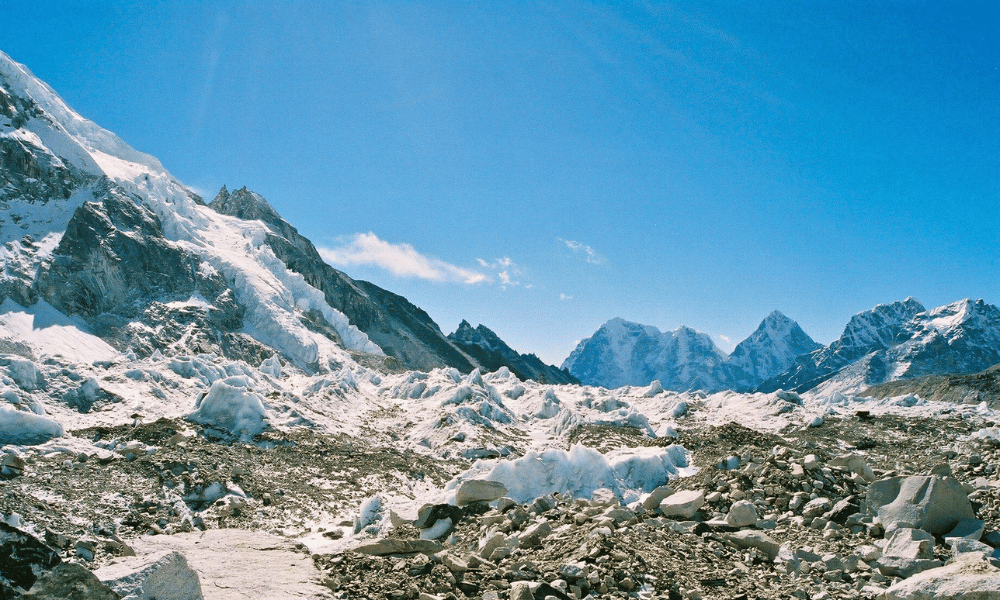
The formation of Mount Everest took place over millions of years through the collision of the Indian and Eurasian tectonic plates. This dynamic geological process shaped the majestic Himalayan mountain range, including Everest itself. Standing tall at an elevation of 8,848.86 meters (29,031.7 feet), it is the highest point on Earth - a reminder of the forces that have shaped our planet.
Mount Everest proudly stands as the tallest mountain on Earth, reaching a staggering height of 8,848.86 meters (29,031.7 feet). This elevation, determined through rigorous surveys and measurements, solidifies its position as the pinnacle of the Himalayas and the highest point on our planet.
Scaling the heights of Everest presents an extraordinary physical and mental challenge for climbers. The sheer magnitude of the mountain demands endurance, resilience, and careful acclimatization to the extreme altitude. As climbers ascend its slopes, they navigate through various camps, each serving as a vital rest and acclimatization point on their arduous journey towards the summit.
The measurement of Mount Everest's height has evolved over time. Early estimates were made using basic trigonometric methods and relied on line-of-sight observations. However, technological advancements in surveying and mapping techniques have enabled more accurate and precise measurements. The current official elevation of Mount Everest, recognized internationally, is a result of extensive surveys conducted by several nations, utilizing advanced satellite-based technology, ground-based measurements, and global positioning systems (GPS).
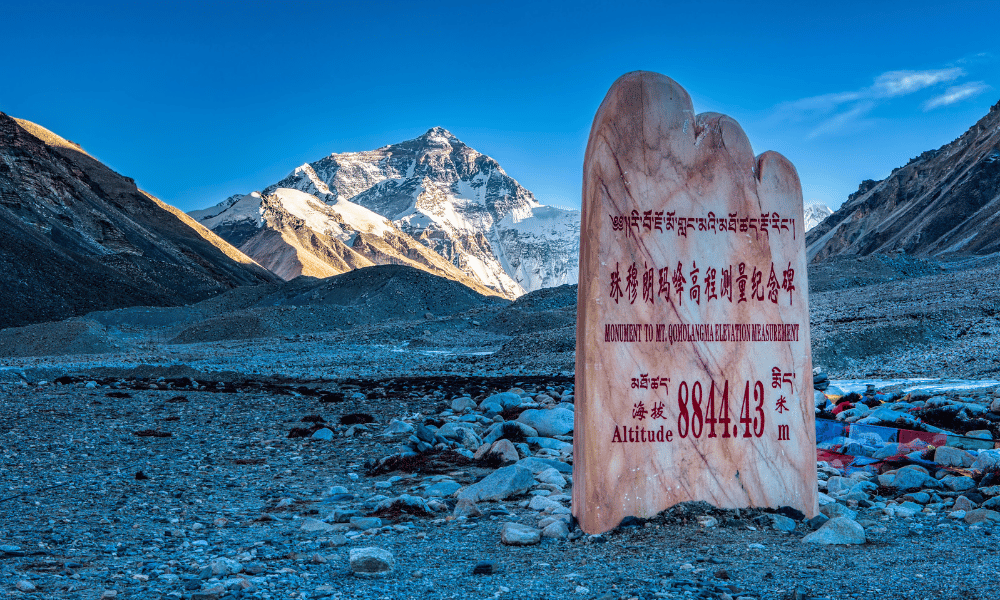
It is important to note that the height of Everest is not a fixed value, as the mountain continues to undergo geological changes and shifts. Tectonic movements and the gradual accumulation or dissipation of snow and ice contribute to subtle fluctuations in its height over time, necessitating periodic reassessments to ensure the most accurate representation.
On average, a Mount Everest climbing expedition takes around two months to complete. This timeframe includes necessary periods of acclimatization, allowing climbers to adapt to the extreme altitude gradually. However, it's important to note that individual circumstances and climbing schedules may cause variations in the overall duration of the expedition.
Acclimatization is a crucial aspect of climbing Mount Everest, given the extreme altitude and thin air encountered on the mountain. Trekkers must allow their bodies time to adjust gradually to these challenging conditions, reducing the risks associated with high altitude sickness. As a result, the duration of an Everest climb is significantly influenced by this essential acclimatization process.
Upon reaching Everest Base Camp, climbers begin their acclimatization process, typically lasting several weeks. This involves a carefully planned ascent and descent of various sections of the mountain, allowing the body to adjust to the reduced oxygen levels and demanding environment. Acclimatization is crucial for climbers to build resilience, minimize altitude-related illnesses, and enhance their chances of a successful summit bid.
Similarly, weather conditions play a pivotal role in determining the progress and safety of an Everest climb. Mount Everest's notorious and unpredictable weather patterns pose significant challenges to climbers. As a result, expeditions often include periods of waiting for favorable weather windows to proceed with the ascent. This waiting period, while necessary for safety, contributes to the overall duration of the climb.
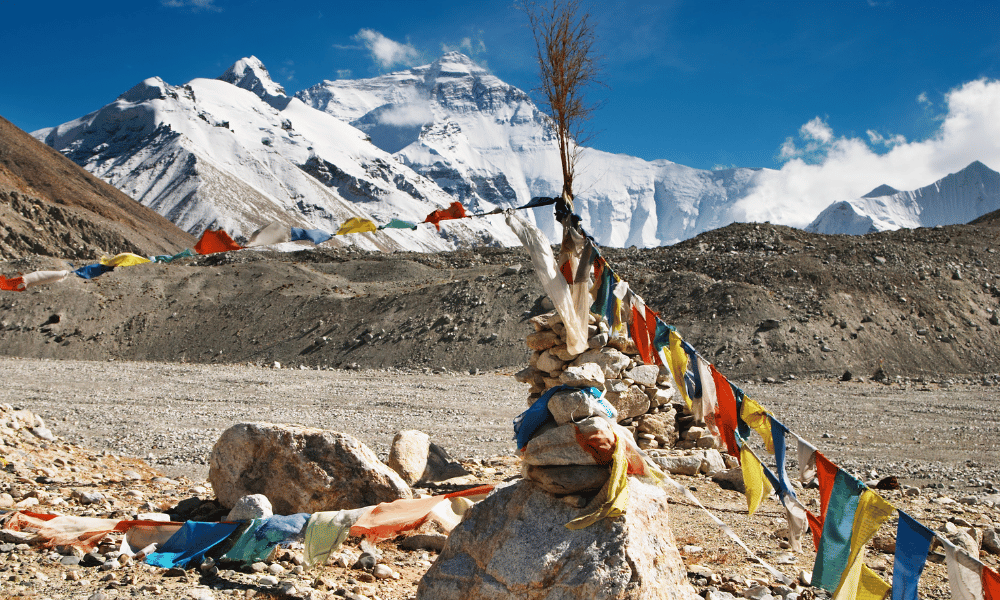
The final push towards the summit typically takes place during a limited window of opportunity i.e. the climbing season. This period, usually in spring or autumn, offers relatively stable weather conditions and lower winds, maximizing the chances of reaching the top. However, climbers must remain flexible and prepared for sudden weather changes even within the climbing season.
Once climbers reach the summit of Mount Everest, they experience a brief but awe-inspiring moment atop the world, savoring their incredible achievements and taking in the breathtaking panoramic views. The descent follows a similar route, with climbers carefully retracing their steps, always prioritizing safety and taking into account the challenges posed by the high altitude.
In summary, the timeline for climbing Mount Everest spans approximately two months, encompassing crucial periods of acclimatization, waiting for favorable weather conditions, and the final ascent to the summit Ultimately, conquering Mount Everest requires careful planning, physical preparation, mental resilience, and utmost respect for the extraordinary challenges presented by this majestic peak.
The cost of climbing Mount Everest can vary significantly depending on various factors. It is important to understand that attempting to climb the world's highest peak is a complex and expensive undertaking. Below are the factors that contribute to the overall cost of a Mount Everest expedition.
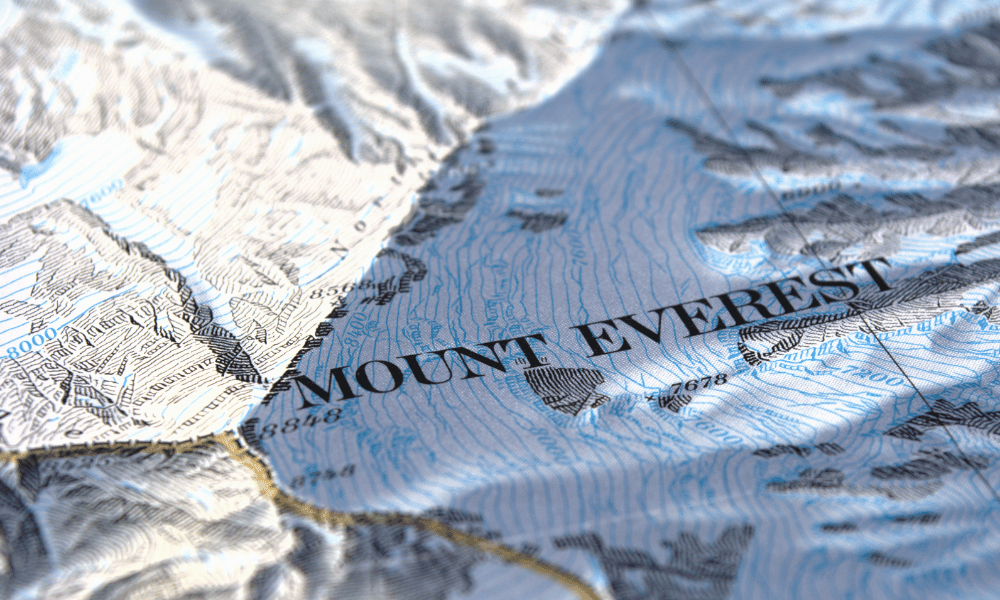
Expedition Operator: Selecting a reliable and experienced expedition operator is crucial for a well-organized and safe climb. The cost of joining an expedition varies depending on the operator's reputation, level of support services provided, expertise of guides, permits, and logistical arrangements. Reputable operators handle essential aspects such as equipment, transportation, accommodation, meals, and expedition logistics, which contribute to the overall cost.
Permits and Fees: Climbing Mount Everest necessitates obtaining permits from the respective governments of Nepal and Tibet. These permits come with associated fees, which differ based on the climbing route, season, duration, and nationality of the climber. Permit costs contribute a significant chunk in the overall expenses of the expedition.
Climbing Route: The chosen climbing route significantly influences the overall cost. The two primary routes to the summit of Everest are the South Col route in Nepal and the North Ridge route in Tibet. Each route has its own permit fees, logistical considerations, and associated costs, which impact the overall expense of the climb.
Expedition Services: Additional services provided by the expedition operator, such as transportation to and from the mountain, accommodation, meals, medical support, and equipment, contribute to the overall cost. These services ensure climbers have the necessary resources, support, and safety measures in place throughout the expedition.
Climbing Equipment: Acquiring the appropriate mountaineering gear is an essential expense for Everest climbers. This includes specialized equipment like high-altitude clothing, mountaineering boots, crampons, ice axes, ropes, harnesses, helmets, tents, sleeping bags, and supplemental oxygen systems. Investing in quality gear is essential for safety, comfort, and performance during the climb.
Training and Preparation: Prior to attempting Mount Everest, climbers typically undergo rigorous training and preparation. This may involve physical fitness training, mountaineering courses, practicing on other peaks, and hiring professional guides for training purposes. The costs associated with training, courses, guides, and practice expeditions contribute to the overall expenses of the climb.
Travel and Accommodation: International travel expenses to reach Nepal or Tibet, including airfare, visas, and transportation to the mountain region, should be considered. Additionally, costs for pre- and post-climb accommodation, both in the capital city and at base camp, contribute to the overall expenses.
Climbing Support Services: Many climbers opt to hire Sherpas or high-altitude guides to provide valuable support and assistance during the climb. These experienced professionals ensure safety, assist with route navigation, set up camps, carry loads, and provide crucial guidance throughout the expedition. The cost of hiring Sherpas or guides adds to the overall expenses.
Miscellaneous Expenses: Other factors that contribute to the overall cost include travel insurance, medical examinations, rescue services, communication equipment, personal expenses, and incidentals during the expedition.
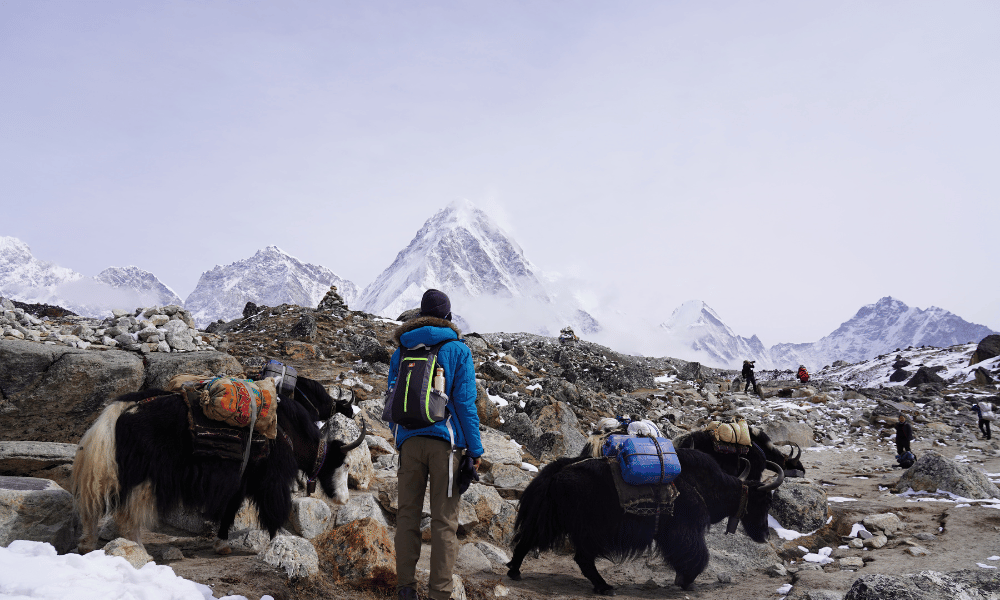
It is crucial to prioritize safety, expertise, and quality services when considering the cost of a Mount Everest climb. Cutting corners or compromising on essential aspects can compromise safety and increase the risks associated with such a demanding endeavor.
The cost of climbing Mount Everest is significant, often ranging from tens of thousands to over a hundred thousand dollars (median expenses made by climbers dedicated to the expedition being around $50,000). It is essential to thoroughly research and choose a reputable expedition operator that aligns with individual requirements, safety standards, and budget considerations. Proper planning, preparation, and a realistic budget allocation are key to embarking on a safe and successful Mount Everest expedition.
Related Read: How much does it cost for Mount Everest Base Camp Trek?
According to records approximately 6,400 documented individuals have successfully reached the summit of Mount Everest as of January 2023. This figure represents the number of unique individuals as some climbers have achieved the feat multiple times, few with over a dozen summits on their names.
Over the years, the trend in Mount Everest climbing has shown a steady increase, driven by factors such as personal ambition, improved mountaineering resources, and the presence of commercial expedition operators. The allure of conquering the world's highest peak and the desire for personal accomplishment have attracted a growing number of individuals to attempt the summit.
However, it's important to address concerns about overcrowding and safety on Everest. The increase in the number of climbers has led to challenges related to limited climbing windows, competition for routes, and potential safety risks. In recent years, tragic incidents and accidents have highlighted the need for effective management and regulation of Everest expeditions to ensure the safety and well-being of climbers.
To address these concerns, authorities have implemented stricter regulations and limitations on permits to manage the number of climbers on the mountain. Efforts are being made to ensure better coordination among expedition operators and to promote responsible climbing practices. These measures aim to mitigate overcrowding, minimize environmental impact, and enhance the overall safety of Everest expeditions.
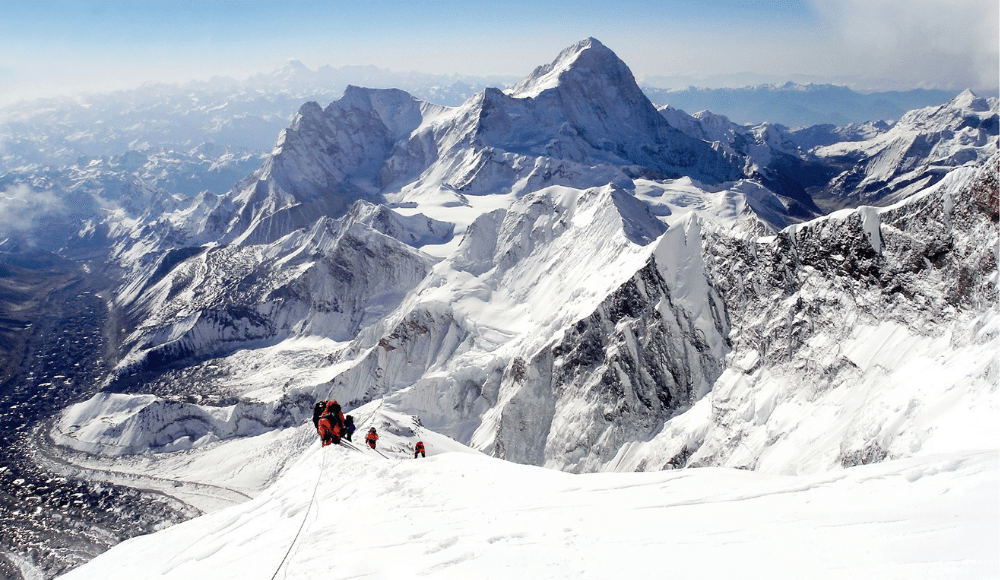
Mount Everest, the world's highest peak, is not only renowned for its breathtaking beauty and challenging climbs but also for the somber reality of the number of deceased climbers who remain on its slopes. Over the years, Mount Everest has become the resting place for many climbers who unfortunately lost their lives while attempting to conquer this formidable mountain.
The exact number of deceased climbers on Mount Everest is difficult to determine, as the mountain's extreme conditions and treacherous terrain make recovery operations challenging. However, it is estimated that there are over 300 bodies scattered across Everest's various routes and camps, serving as a poignant reminder of the risks associated with high-altitude mountaineering.
Efforts have been made to establish guidelines and protocols to address the issue of deceased climbers on Everest. Recovery missions are sometimes organized to retrieve bodies if conditions permit, but the feasibility and safety of such operations vary greatly depending on the circumstances. The priority of these missions is typically focused on ensuring the safety of the recovery teams and minimizing additional risks.
As of right now, there are more than 200 dead bodies in the Rainbow Valley, a region referred to as The Death Zone, situated over 8000 meters in altitude. The climbers who perished in the Death Zone, aka the Rainbow Valley, are often left where they fell, as it’s too dangerous to retrieve their bodies. As a result, the bodies remain on the mountain, frozen in time, wearing their brightly colored jackets, now serving as landmarks for new climbers. Sleeping Beauty of Mount Everest - Francys Arsentiev, Green Boots, Hannelore Schmatz, George Mallory, etc, are to name a few of those dreamers who lost their lives to the treacherous Everest.
Of about 8000 climbers who attempted to summit the mountain, over 300 lost their lives, not to mention the undocumented attempts and possible fatalities. With a death rate of 3.6%, Everest has become an eerie yet fascinating place with adventurers always ready to challenge it yet again.
Related Read: How difficult is Everest Base Camp Trek?
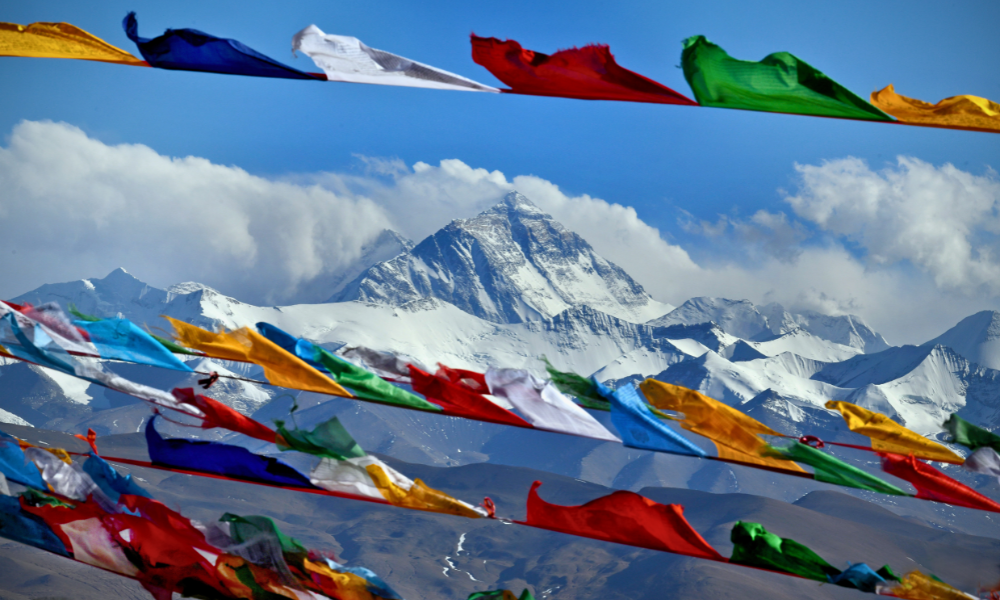
Sir Edmund Hillary and Tenzing Norgay, a New Zealand mountaineer and a Sherpa mountaineer from Nepal respectively, became the first people to reach the summit of Mount Everest on May 29, 1953, at 11:30 am local time. They were both experienced mountaineers who had been planning to climb Everest for years and made several attempts on the mountain before finally succeeding in 1953.
Since that historic moment, numerous climbers have left their mark on Everest's formidable slopes. Junko Tabei of Japan became the first woman to scale the summit in 1975. Reinhold Messner of Italy made mountaineering history in 1978 by ascending Everest without the aid of supplemental oxygen, pushing the limits of human capability and endurance.
Other remarkable milestones followed. In 1980, Polish climbers Krzysztof Wielicki and Leszek Cichy accomplished the first successful winter summit, defying the extreme conditions and harsh elements. Tom Whittaker, a British citizen who lost his leg in a car accident, triumphantly reached the summit in 1995, becoming the first disabled person to achieve this incredible feat.
Kenton Cool from England sent the first tweet from Everest's summit in 2011, bridging modern technology and the world's highest point. Davo Karnicar of Slovenia descended the treacherous slopes on skis in 2000, showcasing unparalleled skill and bravery. Other noteworthy accomplishments include Erik Weihenmayer of the USA, who was the first blind person to conquer Everest in 2001, and Franz Oppurg of Austria, the first person to undertake a solo ascent in 1980.
These extraordinary feats represent just a glimpse into the rich tapestry of Everest's history. Each climber who has dared to ascend its majestic slopes has faced their own unique challenges, overcoming physical and mental obstacles to leave an indelible mark on the mountain's legacy.
Also Read: Interesting Facts about Mount Everest
The exact number of deceased climbers on Mount Everest is difficult to ascertain due to the challenging nature of recovery operations in the mountain's extreme conditions. However, it is estimated that there are over 300 bodies scattered across Everest's various routes and camps as of 2023. These fallen climbers serve as poignant reminders of the perils faced in the pursuit of summiting the world's highest peak.
The extreme conditions, unpredictable weather, high altitude, and treacherous terrain make Everest a formidable and unforgiving mountain. Accidents, avalanches, falls, altitude sickness, and other health complications are among the factors that have contributed to fatalities on the mountain.
It is important to acknowledge that the number of fatalities on Everest is not limited to documented cases, as there may be undocumented attempts and unaccounted fatalities. With approximately 8,000 climbers having attempted to summit the mountain, the death toll stands at over 300, resulting in a death rate of approximately 3.6%.
These figures reflect the risks inherent in mountaineering at such extreme altitudes and emphasize the immense challenges climbers face when attempting to conquer Mount Everest. Despite the dangers, the allure of Everest continues to captivate adventurers, as they strive to test their limits and push the boundaries of human achievement.
Also read: Everest Death Zone
The youngest person to have successfully climbed Mount Everest is Jordan Romero, an American mountaineer. Jordan reached the summit of Everest on May 22, 2010, at the age of 13 years and 10 months, making him the youngest person to achieve this incredible feat.
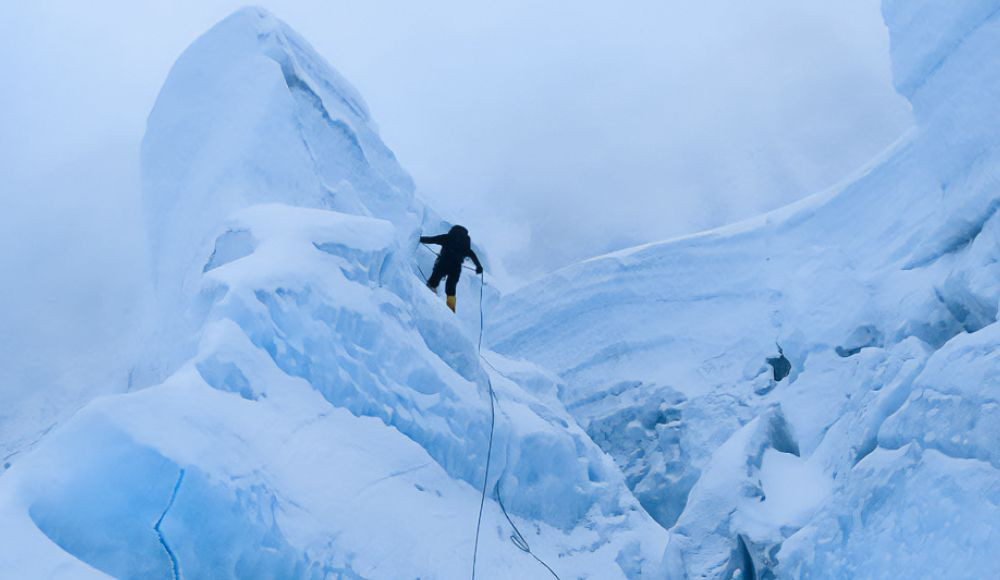
Here is a list of some of the youngest individuals to attempt and summit Mount Everest:
Jordan Romero (United States): Successfully summited at the age of 13 years and 10 months.
Ming Kipa (Nepal): Successfully summited at the age of 15 years and 9 months, becoming the youngest person to reach the summit till 2010 and the youngest Nepali woman to do so till date.
Malavath Purna (India): Successfully summited at the age of 13 years and 11 months, becoming the youngest to reach the summit at that time and the youngest woman to climb Mount Everest.
Temba Tsheri (Nepal): Attempted to summit at the age of 15 years and 5 months in 2001 but faced severe frostbite and had to be rescued.
Nima Chemji Sherpa (Nepal): Successfully summited at the age of 16 years and 17 days.
Dorje Morup (India): Successfully summited at the age of 16 years and 2 months.
Malavath Poorna (India): Successfully summited at the age of 13 years and 11 months, becoming the youngest female to reach the summit at that time.
Raha Moharrak (Saudi Arabia): Successfully summited at the age of 25, becoming the first and by default the youngest Saudi woman to reach the summit.
Arjun Vajpai (India): Successfully summited at the age of 16 years and 11 months.
Samantha Larson (United States): Successfully summited at the age of 18 years and 3 months, becoming the youngest American woman to reach the summit then.
Lucy Westlake(United States): Summited Mount Everest at the age of 18 years, becoming the youngest American woman to reach the summit till date.
These climbers demonstrated incredible determination and perseverance at such young age, pushing the boundaries of mountaineering. Each of their achievements is a testament to their skill, preparation, and dedication to their craft. There were numerous attempts before them and more attempts are on the way but in a way these climbers crafted the way for other aspirants to aim for the highest peak itself.
You might like: Best Time to Climb Mount Everest
Mount Everest is located among the beautiful Himalayas, one of the world's most famous mountain ranges. The Himalayas are a natural wonder and a haven for adventurous minds, stretching across various Asian countries including Nepal, Tibet (China), Bhutan, India, and Pakistan. This magnificent mountain range serves as a backdrop to Everest's grandeur, creating an environment that both challenges and enthralls those who dare to venture into its heights.
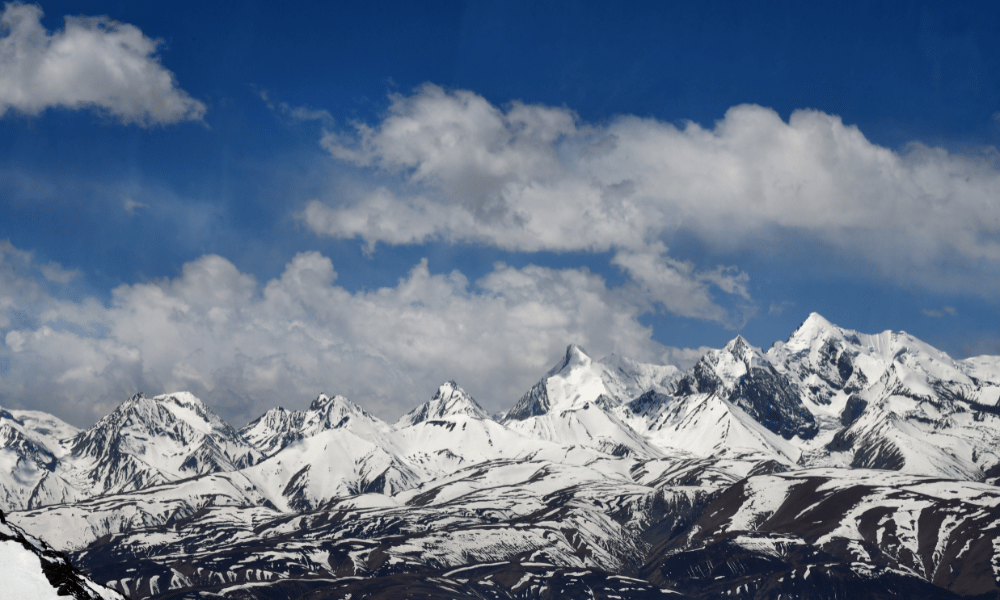
The Himalayas are a stunning tapestry of snow-capped peaks, deep valleys, and various ecosystems. The range forms a natural barrier between the Indian subcontinent and the Tibetan Plateau. The geological roots of these beautiful mountains can be traced back to the clash of the Indian and Eurasian tectonic plates millions of years ago.
The Himalayan region is not only a hub for mountaineering excursions, but it also has enormous cultural and spiritual value. The range is home to a variety of communities, each with their own distinct customs, dialects, and spiritual practices. The Himalayas have long inspired painters, poets, and explorers, enticing travelers with their calm beauty and spiritual aura.
Mount Everest, standing tall amidst this breathtaking mountain range, continues to entice adventurers and push the boundaries of human endurance. The Himalayas, with their majesty and mystique, continue to be a tribute to nature's raw strength and spectacular beauty.
In conclusion, Mount Everest serves as a remarkable symbol of the unwavering determination of humans to explore and accomplish extraordinary feats. Everest, nestled within the majestic Himalayan range, has captivated the imagination of adventurers and inspired awe for generations. We have delved into the geography of Mount Everest, situated in the awe-inspiring Himalayas, a region that spans multiple countries and embodies a wealth of cultural and natural diversity.
Throughout history, Everest has witnessed triumphs and tragedies, with countless individuals drawn to its slopes in pursuit of conquering the world's highest peak. We have explored the remarkable accomplishments of notable climbers who have left their mark on Everest's legacy, from the historic first ascent by Sir Edmund Hillary and Tenzing Norgay to the youngest and most pioneering climbers who have pushed the boundaries of human capability.
Additionally, we have discussed the somber reality of the number of deceased climbers who remain on Everest, particularly in the Rainbow Valley, serving as a stark reminder of the risks and sacrifices associated with this formidable mountain. Their presence stands as a testament to the challenges faced by those who dare to test their limits and highlights the need for responsible mountaineering practices.
As we reflect on the allure and mystique of Everest, it is crucial to remember the importance of respecting its natural environment and preserving its fragile ecosystem. The mountain demands our reverence and careful consideration as we explore its heights, ensuring that future generations can experience its magnificence.
Mount Everest embodies the relentless pursuit of greatness and the indomitable human spirit. It represents the unyielding desire to push beyond our perceived limitations and reach for the extraordinary. The challenges faced on Everest parallel the challenges we encounter in our own lives, reminding us of the power of perseverance, determination, and resilience.
In the end, Mount Everest is not merely a mountain but a symbol of human achievement and the eternal quest for discovery. It teaches us that the journey itself is as significant as the destination and that true fulfillment lies in embracing the challenges and embracing the adventure.